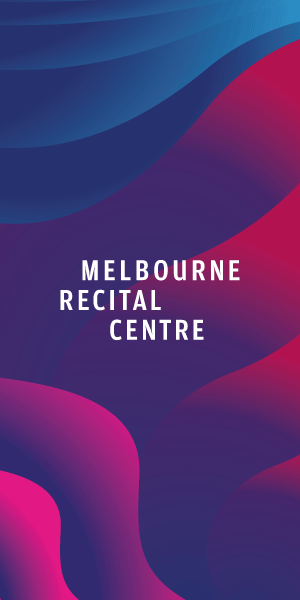East Melbourne’s game
There has been something strange about East Melbourne this footy season.
The silence at the ‘G has been unnerving. While the lights have shone bright and the siren is heard echoing, the procession of fans has been absent from our streets and we’ve missed the accompanying roar. As Melburnians are coming to terms with the likelihood of the Grand Final being played interstate for a second year, we reflect on the history of AFL and its strong connection to its East Melbourne birthplace.
In May 1859, a committee from the local Melbourne Cricket Club met at the Parade Hotel on Wellington Parade, East Melbourne to draft the 10 “Rules of the Melbourne Football Club”. These went on to be the first rules of the uniquely Australian sports code, crediting them with being the first people in history to codify a national kicking ball game.
Their rules were an amalgamation from various schools of rugby and new innovations influenced by the Australian hard turf conditions and societal structure. They were widely accepted, as they put an end to on-field disputes and excessive injuries to players “with day jobs”. In his seminal text A Game of Our Own, famed historian, and East Melbourne resident, Professor Geoffrey Blainey, has written, “In trying to understand the origins of the present game of Australian football we forget that it was moulded by many people and influences, decade after decade … we all still hope to find an original landmark or great founder in the belief that the game was a once-only invention or derivation rather than a long chain of inventions and adaptations that still continue”.
Another local resident, Tom Hogg, shares his knowledge and passion for Australian Rules Football in the upcoming Winter Edition of the East Melbourne Group’s 3002 East Melbourne & Jolimont Community Magazine, in his articles exploring the evolution of the game’s rules and its place in society.
Yarra Park, East Melbourne, (then known as Richmond or Government Paddock), was the arena in which the first footy contests were waged in 1858. Tom Hogg discusses “The abundance of public parkland reserves, developed on Melbourne’s mostly flat terrain with few natural barriers, not only provided the space needed, but resulted in Australian football being played on the largest-sized grounds of any football code in the world”.
In the early days of the Victorian colony, up to 10,000 spectators would gather to watch the athletic spectacle at Yarra Park. From 1856, men and women could enjoy the new innovation of a “weekend” and would flock to East Melbourne to cheer the new sport.
The East Melbourne Group (EMG) continues to uphold the foresight of our early town planners in reserving green spaces for the enjoyment of the community.
We work closely with The Melbourne Cricket Club who manages Yarra Park, via our delegates to the Yarra Park Advisory Committee, to maintain the right balance between using the park to service spectators to the MCG, while maintaining its original function as a historic public recreation reserve.
The East Melbourne Group Parks and Gardens sub-committee convener, Luke Martin, commented, “While the MCG and its brilliant sporting events are famous around the world, the surrounding Yarra Park is immensely popular with residents, visitors, (and dogs), as a peaceful and spacious green space for exercising and socialising. For this we thank the Victorian Governor of 1856, Charles La Trobe, for proclaiming the 81 hectares of parkland we know as Yarra Park.
It is also important to remember that the area is rich with Aboriginal heritage and significance and home to the protected ‘Scar Tree’ that is estimated to be up to 800 years old and historically used by indigenous ancestors to make canoes and shields. A combination of decent rainfall and fewer AFL spectator matches, detracting cars from parking in the parkland, has resulted in Yarra Park looking a treat. Users young and older, with two legs and four are enjoying using the park on Friday evenings and the weekends without having to navigate a multitude of vehicles and the negative impact they leave on the park”.
We have another year to wait before we can share the excitement of footy finals through the streets of East Melbourne, until then we will enjoy not having to share our streets, parking bays and green parkland with spectator’s cars.
Our efforts to represent our residents to preserve our architectural history and urban amenity, are carried out by passionate EMG volunteers and funded by EMG membership and fundraising efforts. COVID restrictions have prevented the flow of funds usually generated from the social activities, hence we are extremely grateful for the recent generosity of our community donors and paid memberships •

Bottega Tasca: Carlton’s go-to fine wine boutique






 Download the Latest Edition
Download the Latest Edition